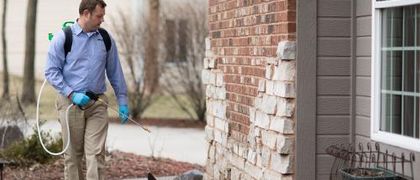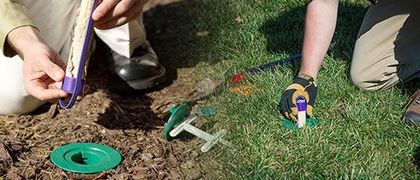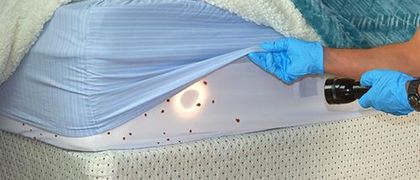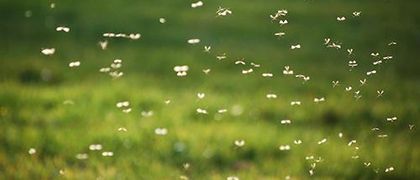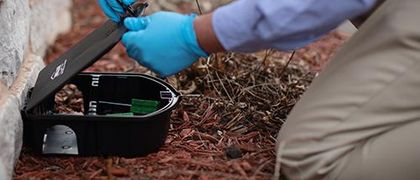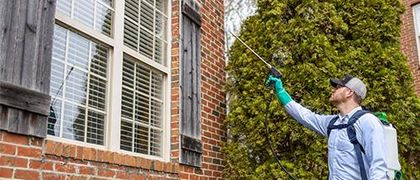Where Do Wasps Nest on Your Property and How to Keep Them Away
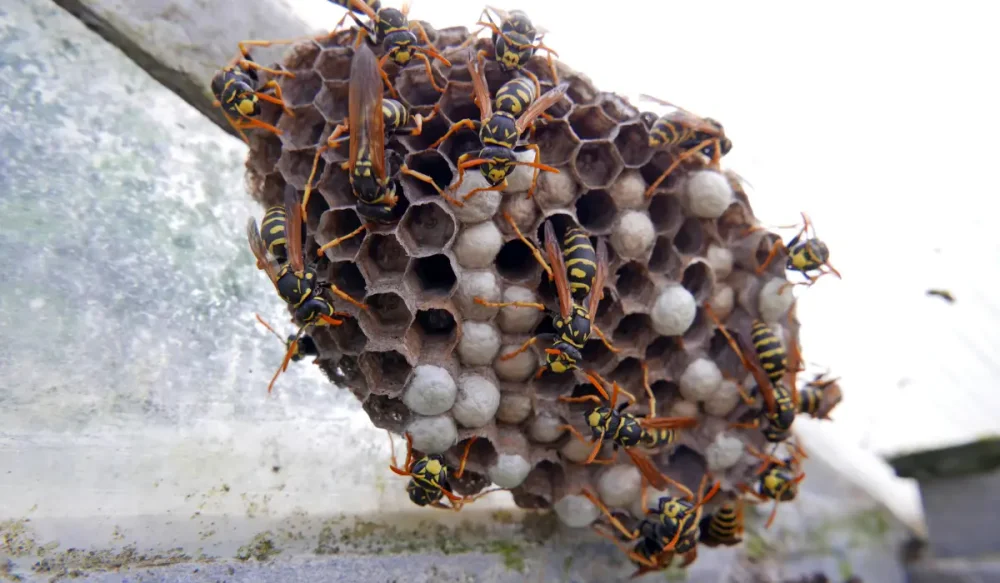
If you’ve ever had to dodge a wasp while mowing or relaxing outside, you know they don’t stay away for long.
Knowing where wasps nest helps you stop problems early. In the Midwest, nests often appear in tree branches or attic overhangs. Left alone, they grow quickly, especially in late summer when workers get aggressive.
This guide covers where wasps build nests, the types common in Iowa, Nebraska, and Missouri, and how to keep them away for good. By the end, you’ll know prevention tips and when to call Miller Pest & Termite for safe, effective wasp control.
Key Takeaways
- Where do wasps nest? In sheltered, dry spots like eaves, attics, wall voids, and underground burrows
- Different species of wasps have unique nesting habits, from open paper nests to concealed ground nests
- Prevent nests by sealing gaps, reducing food sources, and scheduling early-season treatments
- Professional removal is safest for large, high, or aggressive nests
Common Places Where Wasps Nest
To understand where wasps nest, look for sheltered, undisturbed spots. Wasps choose areas protected from weather with easy access to food.
In Des Moines, Kansas City, and Omaha, wasps often build nests in eaves, under deck stairs, or in sheds. Paper wasps build open, umbrella-shaped nests under roof overhangs, while yellow jackets prefer hidden spaces.
You might also find nests in garages, tree branches, or inside wall voids. Wasps pick any dry, stable spot they can secure.
Types of Wasps and Their Nesting Habits
Not all wasps build the same kind of nest, and knowing the type of wasp can help you handle the problem correctly.
Paper Wasps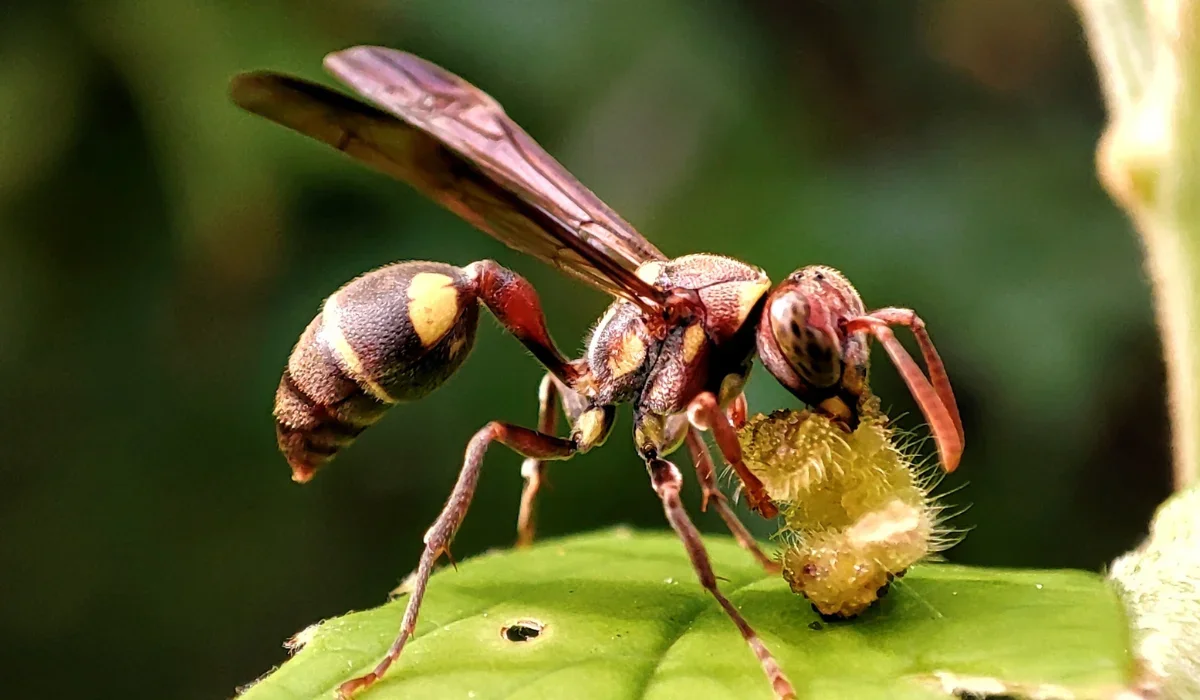
These social wasps create umbrella-shaped nests made from chewed wood fibers. You’ll often spot a paper wasp nest hanging from porch ceilings or shed rafters.
Yellow Jackets
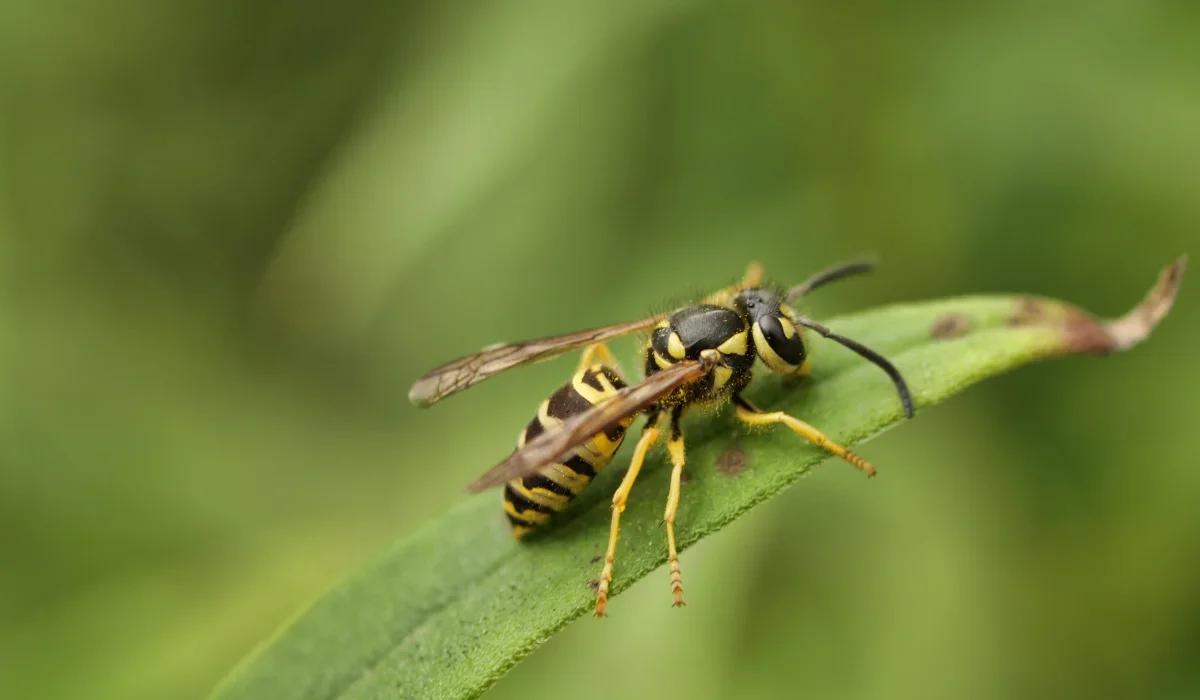
Yellow jackets usually build nests underground or inside wall cavities. You might see ground nests near landscaping timbers or at the base of trees. If disturbed, they can swarm and sting repeatedly within seconds.
Bald-Faced Hornets
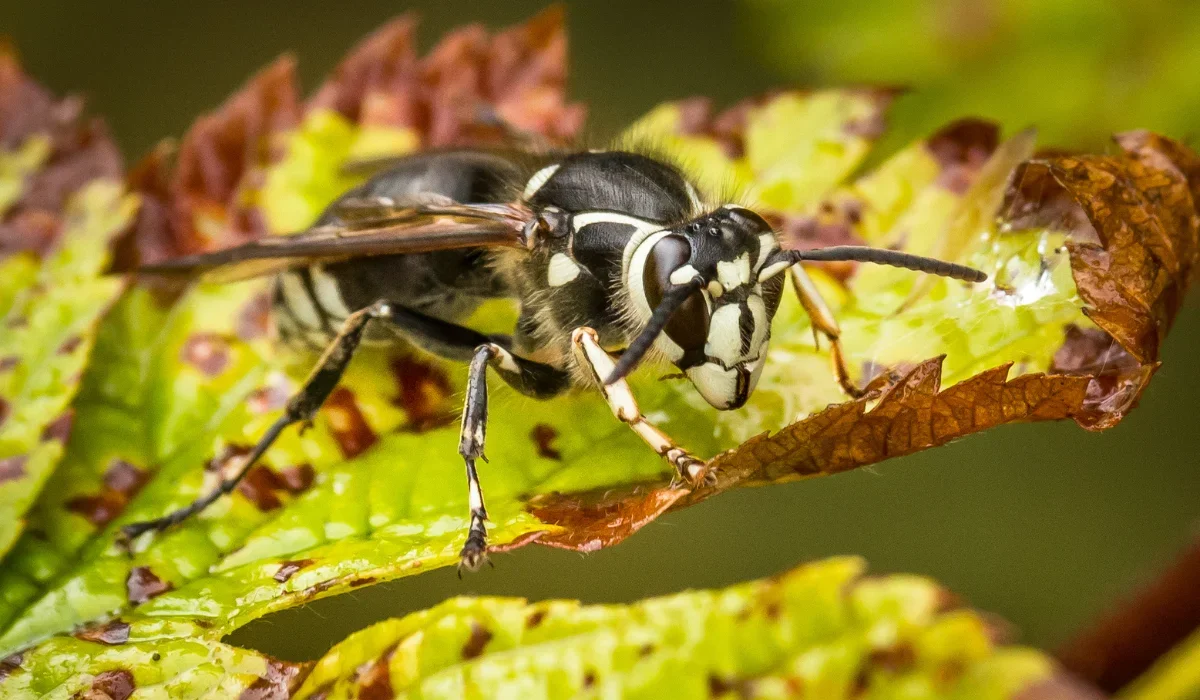
Technically a type of yellow jacket, bald-faced hornets build large, football-shaped hornet nests in trees, shrubs, and sometimes on building corners.
Mud Daubers
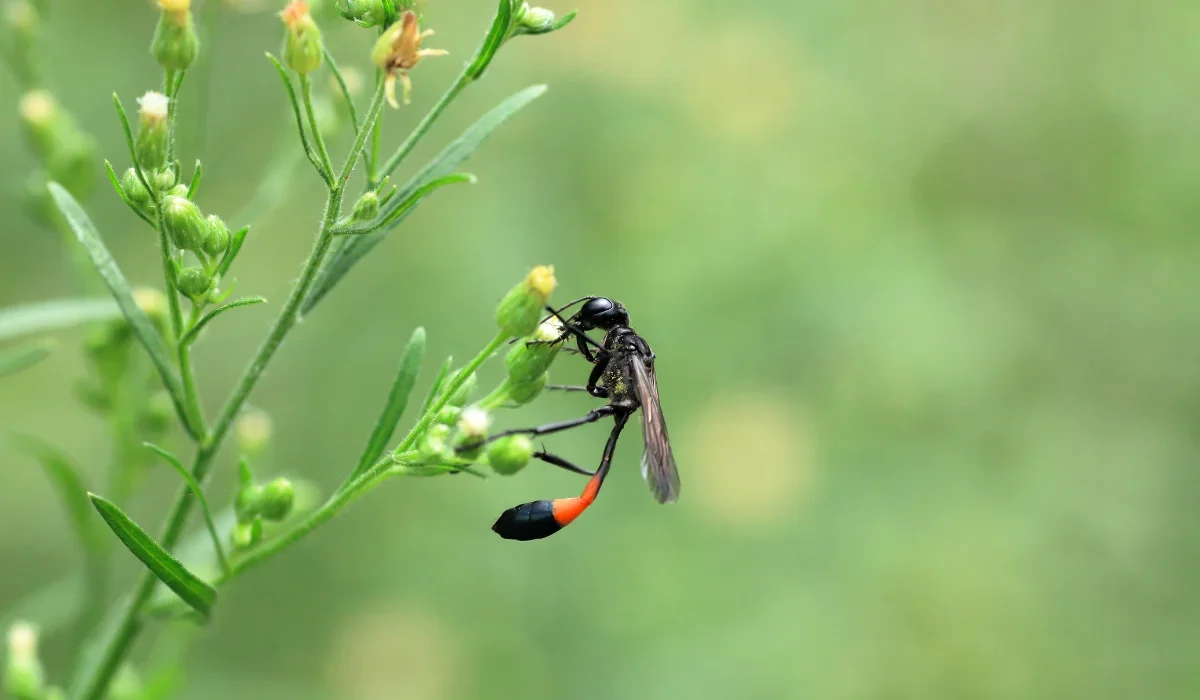
These solitary wasps construct mud tubes instead of paper nests. They often choose quiet corners in sheds, barns, or attics.
Seasonal Nesting Patterns
The life cycle of a wasp colony begins in spring when a queen wasp emerges from hibernation and starts a new nest. She’ll lay eggs that hatch into larvae, which become worker wasps responsible for expanding the nest and finding food sources.
By late summer, nests reach their largest size. New queens leave to find winter shelters, while the old colony dies. Wasps don’t reuse nests, but removing them helps prevent new infestations.
Signs You Have a Wasp Problem
The most apparent sign is spotting a nest, but you might also see:
- Increased wasp activity around one area of your home
- Wasps flying in and out of a specific hole or gap
- A steady hum coming from walls, attic spaces, or trees
If you suspect an infestation, avoid approaching the nest yourself, especially if you have allergies to stings.
How to Prevent Wasps From Nesting
The best way to prevent wasps is to make your property less inviting.
- Seal entry points around windows, doors, and siding gaps.
- Reduce food sources by keeping outdoor trash bins tightly closed.
- Trim back tree branches and shrubs near your home.
- Regularly inspect eaves, overhangs, and attic vents for small starter nests.
Scheduling professional pest control in early spring stops wasps before they can nest.
Safe Wasp Nest Removal
If a nest is in a busy area or aggressive social wasps like yellow jackets or bald-faced hornets, it’s time for wasp nest removal.
At Miller Pest & Termite, our process includes:
- Identifying the species of wasps and their nesting sites
- Treating the nest with targeted products such as Waspfreeze or Bifen
- Removing the nest entirely, including all hexagonal cells that could contain larvae
- Treating surrounding eaves, overhangs, and nearby shrubs to prevent rebuilding
Our team can remove nests up to 25 feet high and treat ground nests without damaging your yard.
When to Call an Exterminator
You should contact a professional exterminator right away if:
- The nest is near a doorway, play area, or outdoor dining spot
- You’ve had multiple wasp stings in a short time
- You see wasps entering wall voids or attic spaces
- You suspect Africanized bees, which can be aggressive and dangerous
We do not treat honey bees since they’re essential pollinators, but we can refer you to a local beekeeper.
Making the Right Choice for Wasp Control in the Midwest
Living in the Midwest means sharing outdoor spaces with stinging insects, but you don’t have to give up your backyard to them. By learning where wasps nest and acting early, you can keep your property safer and more enjoyable.
If you’re dealing with a nest right now or want to prevent one, Miller Pest & Termite offers expert, year-round pest control in Des Moines, Kansas City, and Omaha. Our technicians use proven, targeted methods to remove wasps and keep them from coming back.
Contact us today to schedule your inspection and enjoy a wasp-free season.
FAQs
Where do wasps nest most often around homes?
Wasps prefer protected spots like eaves, attics, under decks, tree branches, and wall voids. Yellow jackets may also build ground nests in yards or gardens.
Will wasps reuse an old nest?
Wasps don’t reuse old nests, but leaving one can attract other insects.
Is it safe to remove a wasp nest myself?
Small, inactive nests can sometimes be removed carefully, but active nests, especially those of aggressive species, should be handled by a professional pest control service.
Get Help Now!

